135th AHC
The 135TH – EMU and TAIPAN
From October, 1967 through February, 1972 the 135th AHC operated throughout III and IV Corps Tactical Zones (later redesignated Military Regions) in the southern half of South Vietnam. The 135th’s most unique characteristic was that it was comprised of approximately 1/3 Royal Australian Navy personnel and 2/3 U.S. Army personnel. The unit was formed initially to provide helicopter support to ANZAC (Australian/New Zealand) units in Military Region III. Early on, this mission was modified when it became apparent that the Royal Australian Air Force was capable of providing most of the helicopter support necessary for the ANZAC ground forces. This changed the primary mission of the 135th from support of the ANZAC’s to the more generalized mission of supporting the infantry of the Army of the Republic of Vietnam (ARVN) as well as miscellaneous American units to include Navy SEAL Team One which operated throughout the Mekong Delta.
The 135th‘s call signs were EMU (an acronym for Experimental Military Unit and ironically also the name of a flightless Australian bird) and TAIPAN (a deadly Australian snake). As was common in most Assault Helicopter Companies throughout the war, the 135th differentiated its slicks and gunships by assigning one call sign (EMU) to the slick platoons and another (TAIPAN) to the gun platoon. Each aircraft commander was assigned a separate number to use with the call sign. These numbers would reflect the number of the platoon plus a second digit from 0-9. Call signs would therefore range from EMU 10 to 19 and EMU 20 to 29. Taipans used any free number. The company commander’s call sign (as throughout much of the Army) was always simply the company call sign plus 6 (EMU 6). Unit aircraft were always identified by their commander’s call sign when in the air. Only on the ground were aircraft known by their names, the last three digits of their tail number.
The 135th performed its mission from five separate bases in Vietnam: Vung Tau, Blackhorse, Bearcat, Dong Tam and finally Di An. The unit moved from Vung Tau early on to be near its area of operations (A/O). It remained in Military Region III at Blackhorse and then Bearcat until September, 1970 when it moved to Dong Tam in Military Region IV to be closer to an expanded A/O in support of a major offensive to clear the notorious U Minh Forest at the extreme southern tip of Vietnam. Only the U Minh and the A Shau Valley at the other end of the country were said never to have come under significant South Vietnamese Government control during the war.
After the Aussies were withdrawn from the 135th in June, 1971, the unit moved back up to Military Region III to Di An and was replenished with American personnel. The 135th spent its last eight months in Vietnam fighting primarily in western Military Region III along the Cambodian border and often inside Cambodia itself. It is a tribute to the 135th’s combat record that it was chosen for this mission while other units already operating in that A/O were closed down to be sent home.
At any given time, approximately 90 pilots and aircrew were on flight status to crew the 135th‘s slicks and gunships, most of whom served one year tours of duty. Because all Army aviation personnel on flight status were volunteers, even if originally drafted into the Army, it was also not uncommon for American pilots and aircrew to extend their tours by one or more 6 month extensions. On the other hand, the 135th’s R.A.N. personnel served fixed one year tours and rotated as a group when the tour was completed. In four years and four months of combat operations, 37 EMU pilots and aircrew were killed in action and at least 2 to 3 times that number wounded in action. During this same period, the 135th logged 121,955 total flight hours and went through 147 aircraft to keep 25-30 operational at any one time. The 135th’s casualty, battle damage and aircraft availability rates place it among the outstanding assault helicopter units of the war: the 48th AHC (Blue Stars); the 57th AHC (Gladiators); the 114th AHC (Knights); the 158th AHB of the 101st Airborne/Airmobile Division; the 174th AHC (Dolphins); 176th AHC (Minutemen) and the 227th AHB of the 1st Air Cavalry Division, to name a few.
It would seem to go without saying that the sweat and blood expended by the men of all Assault Helicopter Companies in Vietnam is worthy of historical recognition, even at this late date. This would seem especially true of the 135th AHC due to its unique composition. That this experimental unit was capable of such effective and sustained combat operations is a tribute to both its career oriented R.A.N. personnel and the soldiers of the U.S. Army of that era who combined to form a unit of great skill and aggressiveness. When it was originally formed, both governments involved had legitimate concerns about the chances of success for this ad hoc unit. The 135th‘s combat record in Vietnam not only assuaged those concerns but proved them entirely unfounded.
href=”” title=”Assault Helicopter Companies” rel=”next”>
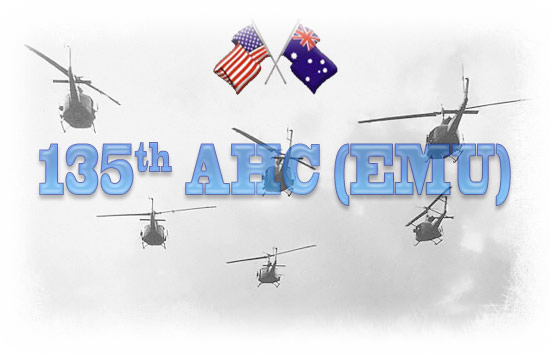
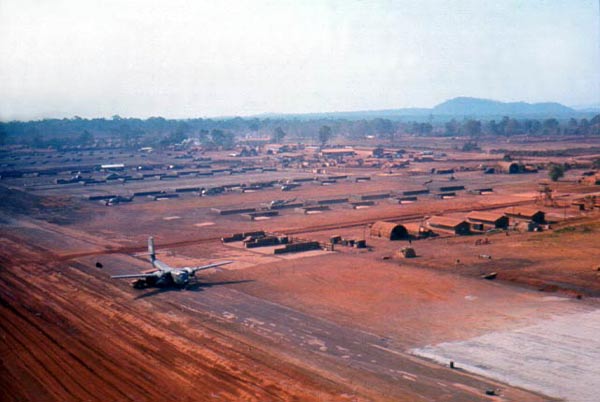
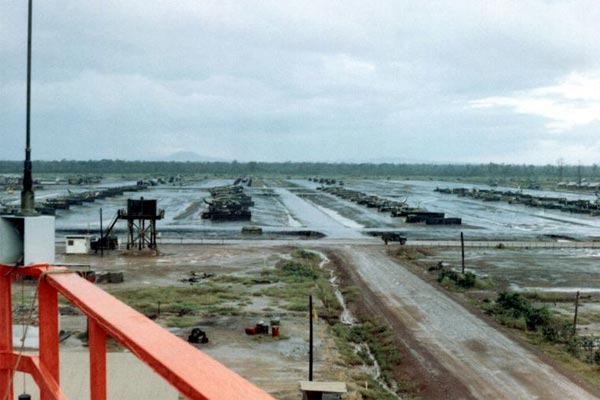
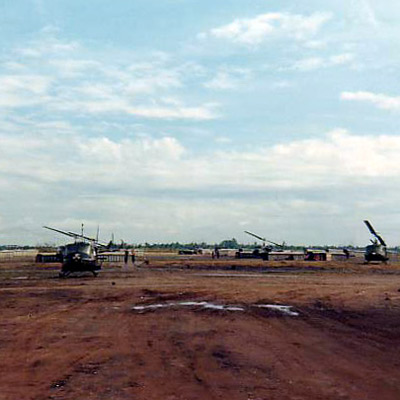
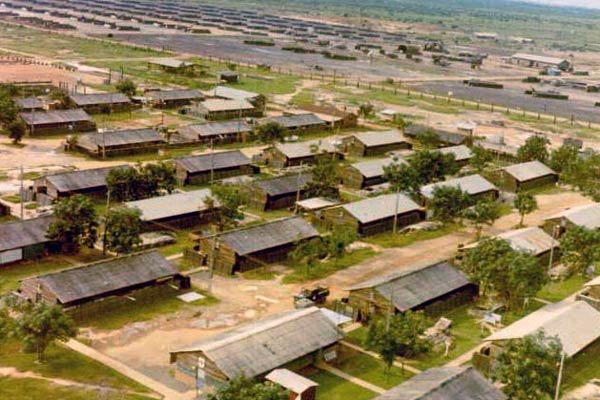



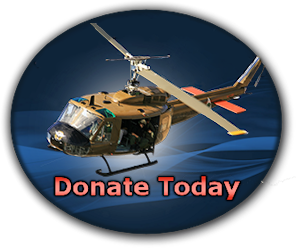
One Response to 135th AHC